Category: Uncategorised (page 1 of 1)
For my video project, I have decided to shine the focus on the human ear. I specifically chose this topic due to the connection the ear has to the brain. The topic of the brain is what my group and I are focusing on so I thought this would be a great opportunity for me to connect the organs together and their functions. For someone that isn’t in the sciences’ area of study, I have a great curiosity about the human body that I’ve taken the time to learn about on my own time, considering I’m taking everything else but science classes. Our ears are an amazing part of our body, it’s an organ that creates a sense of hearing and balance. They collect sound and turn them into messages for the brain to interpret, something you’ll be able to learn about very soon as my group members and I go a little bit in-depth about the different functions of the brain. Our ears also send information about balance to the brain.
This is my first time screencasting and I used Screenpal to help project my project. Since we had learned about screencasting very early on, I had forgotten a lot about how it works and its functions. With some research and watching a lot of youtube videos, I was able to work my way through navigating Screenpal. It became quite simple to use and I became efficient with recording and editing my screencast. I think screencasting is an amazing method to have in your toolbelt as it allows users to practice public speaking, with the camera on or off, how edit videos and further presentation skills. It’s such an amazing tool to know, and I can see how beneficial it is for the future. It’s another resource that I discovered through this class and I’m super grateful.
Next, I decided to use ChatGPT to briefly talk about the human ear, demonstrating the use of this incredible AI that was recently created. Although it may seem like this AI has everything you need just by typing in the info you’re asking, there are often times when the information relayed could be incorrect or inaccurate. I wanted to incorporate the use of ChatGPT due to its relativity, especially in a University setting. This innovative tool is capable of researching, remembering, and refining questions and answers.
Sketchnoting was something I really enjoyed doing, especially as someone who is a visual learner, sketchnoting has been a great interactive way for me to comprehend the topic better through writing and drawing; both things I find great joy in. I love the idea behind it, rich visual notes created from a mix of handwriting, drawings, hand-drawn typography, shapes, and visual elements like arrows, boxes, and lines. It’s exactly what one may think it is, its effectiveness is uncanny, and I’m able to remember information so much better. Every time I draw something, I connect it to specific terms, and then I write a little blurb just below the word to explain its functions; as I did for each section of the ear. I made sure to separate my drawings and colour coded each specific thing to distinguish the sections of the ear, its names, and its functions. This removes the extraneous load matching the labels with the definition. I think segmenting information especially when it comes to learning about the human body can be beneficial, it helps to control the speed of learning and exemplifies clarity.
Lastly, I’ve incorporated an Infographic with the intention of allowing my learners to have a better understanding of the subject quickly and efficiently. We all know that infographics are a powerful tool for organizing and presenting information like telling a story. I made sure to keep each section of the infographic clear and concise, it’s very straight to the point but it simplifies difficult thinking and information into short sentences.
Through this assignment, I had the opportunity to create something that I’ve never done before, in addition to using the multimedia that I learned in this class. I appreciate this assignment with the perspective that we’re in charge of incorporating the resources and multimedia we’ve used in class to create something of our choosing. I love how much freedom we have to demonstrate our learnings and findings as students. This is something I would love to implement in an educational environment as a prospective educator. I hope you enjoy reading through my post and looking through my video!
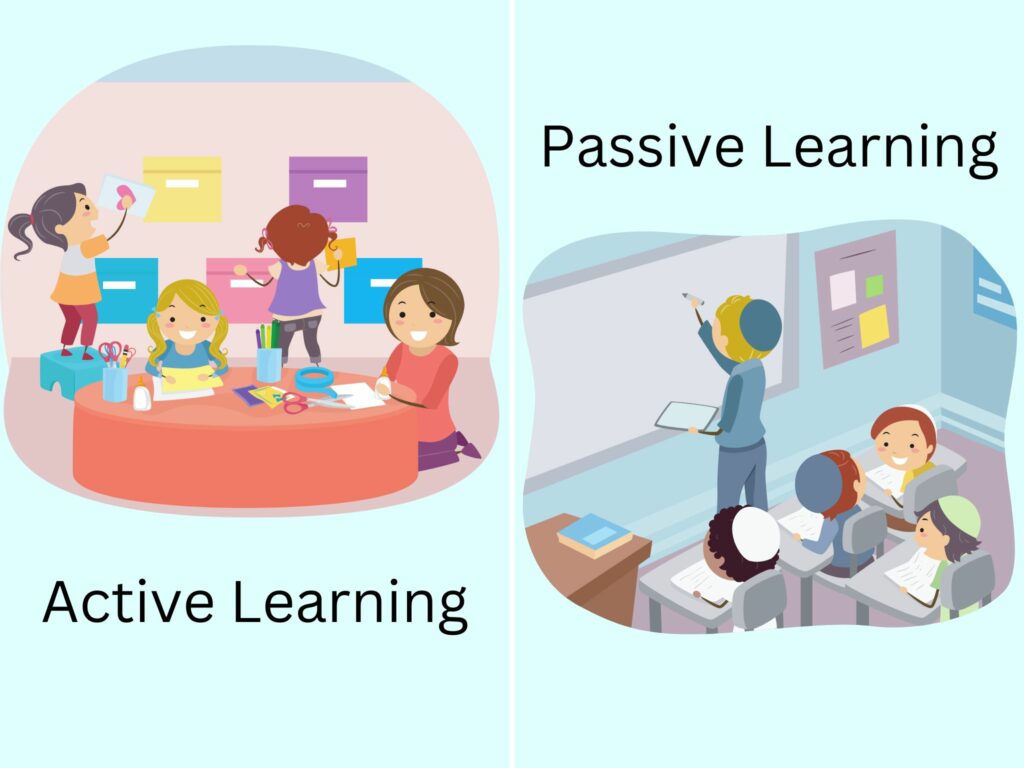
I found a lot of inspiration from reading and learning through weeks 10 & 11’s blog posts. Recently, I’ve been spending a lot of time thinking about my future as an educator and how I would go about molding myself and my students as an educator in a teaching environment. There are so many concepts that I wouldn’t have thought of when it comes to multimedia learning so I appreciate these lessons being incorporated into the course. Knowing and evaluating which type of multimedia should be included in students’ learning is so important as we know that technology will always be used in our everyday lives. It’s constantly evolving so as future educators, it’s our job to use and distribute the best way to include learning in a multimedia sense. Making interactive lessons can be a difficult task, but using the right resources for your students can elevate their learning process. Being a student for most of my life now, I understand which methods work and don’t work for me. I have always been a visual learner, and as a visual learner that means I need the example of the activity to be shown to me. I also need a lot of details explaining the activity, and to be shown a picture or method of how to go about completing the activity. It’s amazing how productive and efficient students can be when they’re using multiple resources to help support their work. It allows for the opportunity to explore what they’re interested in and work through a trial and error system until they have their best result.
I think the SECTIONS model is a great structure to follow when it comes to selecting the proper media and multimedia for learning. It cuts out the unhelpful resources from being an option to consider. It’s like a checklist, does it meet all the requirements of the model? If not, try and find something else that is more diverse and accessible for all students. I love the simplicity of the model, yet it’s constructive and effective. It covers the fundamental bases when it comes to user experience. It’s focused on students, whether or not it’s easy to use, if the software is free, how it supports teaching, what is the interaction between student and educator, how is it organized, the ability to network, and the security. This is a great way to make sure that the platform I’m using in the future is student-friendly, and that it is inclusive for everyone to use.
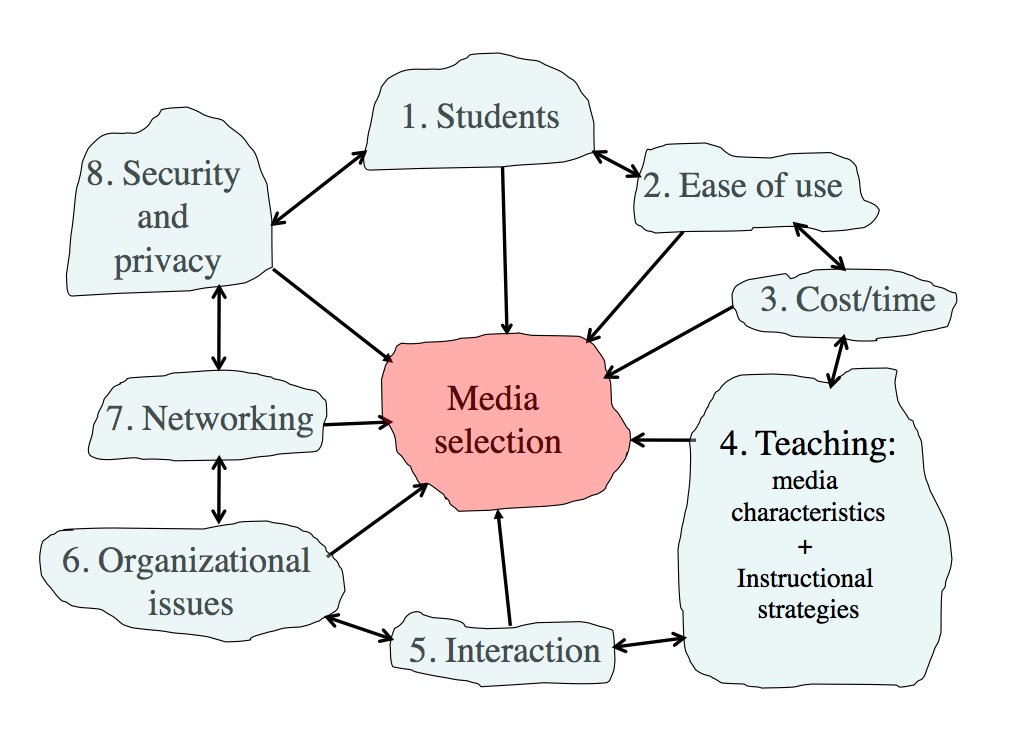
I found the TPACK framework to be super eye-opening. Each section of the framework plays a significant role in recognizing the importance of context in making any decisions about the use of technology for learning. As I was reading the blog post, it gave me the opportunity to reflect on myself and realize what kind of educator I want and should be. It’s so interesting that there are different stages of knowledge and understanding.
Being a student for so long now, I’ve had my fair share of active and passive learning. This type of learning will always come up as it’s a way to see how much information was actually retained rather than just being viewed. I think it’s a great way to add active learning to media and multimedia as it’s easy to forget what you had just watched because there isn’t any active learning to watching a video; you’re just sitting there watching the video with most likely a voice in the back. All the information you’re retaining is often forgotten without your brain computing what you’ve just learned and putting it to use. I actually had a lot of fun incorporating active learning in a video I chose this week using H5P. I had a little bit of trouble figuring out how to use the software but after some trial and error, I was able to figure it out. It’s all about reading directions, understanding them, and then performing the work. I chose to create an active learning environment on the topic of sushi and its culture and brief backstory. I hope you can take the time to go through it. It’s only a 2-minute video, it’s simple and fun to watch. Let me know what you think!
References:
Geography Planet. (2017, November 6). Sushi (Japanese Culture). [Video]. Youtube. https://www.youtube.com/watch?v=IUs7jJxSUUo&ab_channel=GeographyPlanet

In week 8, we learned about the use of AI applications, and I think it’s absolutely amazing how far we’ve come with the evolution of technology. It’s incredible how advanced technology is, and it’s only going uphill from here. The use of technology, specifically AI, is embedded in our lives; whether it’s to open our phones with face ID, it’s using artificial intelligence to enable that functionality. Apple FaceId can see in 3D; it lights up your face, places 30,000 invisible infrared dots on it, and captures an image. It then uses machine learning algorithms to compare the scan of your face with what it has stored about your face to determine if the person trying to unlock the phone is you or not. That’s just one of the many ways AI incorporates into our lives. Artificial intelligence is also working behind the scenes on social media, such as Facebook, Twitter, Instagram, and more. AI personalizes what you see on your feeds, learning what types of posts you like and have viewed, and puts that same or similar content in your feed. Additionally, it figures out friend suggestions, identifying and filtering out fake news. When you’re sending an email or message, tools such as Grammarly and spell check are forms of AI. Some more examples include google search, digital voice assistants, smart home devices, amazon recommendations, and any movie/show platforms (Netlifx, Disney+, Amazon Video, etc).
I had the opportunity to explore some generative AI tools included in week 8’s lesson. Two of which I have heard of but have never tried due to their possible unreliability, and just forget that there are platforms available for writing purposes. The first platform included is ChatGPT. I hadn’t heard of this specific platform until this year; many of my friends were talking about how flexible this program is and how it can basically write anything for you, such as essays, texts, conversations, composing music, etc. It sounds like a too-good-to-be-true platform that can do anything you ask it to. Although it sounds great, certain limitations prevent it from being perfect. In the example shown above, I found it quite funny when the chatbot mistakenly informed the audience that Donald Trump is one of the two black presidents of the United States. This example goes to show that although it is adaptive, it’s not always correct. The core function of ChatGPT is to mimic human conversations, therefore creating room for error.
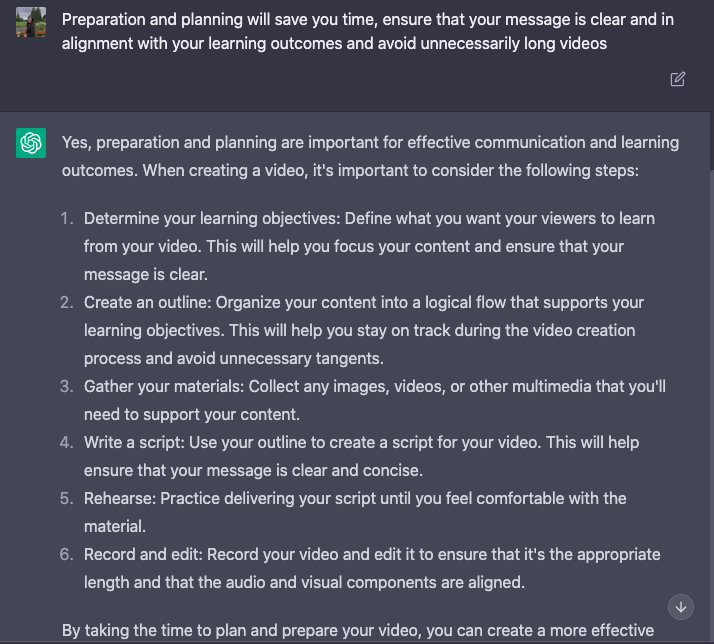
The second generative AI tool I tested and played around with is Quillbot. Quillbot is used to paraphrase and summarize your writing. It also scans your writing and alerts you with any errors in your grammar, spelling, punctuation, word misuse, etc. I think Quillbot can be an amazing tool to use when you’re really stuck on how to paraphrase a certain phrase in hopes of not plagiarizing, but I can see how it can come off as unreliable sometimes. Because the platform is trying to avoid using the exact words in the same sentence as the original word, Quillbot tends to replace certain words and come up with synonyms to replace the original word. When that happens, the sentence isn’t as clear as it could be. All in all, although these platforms have slight problems of their own, I think it’s nice to have them available when a student needs some help or inspiration in their writing.
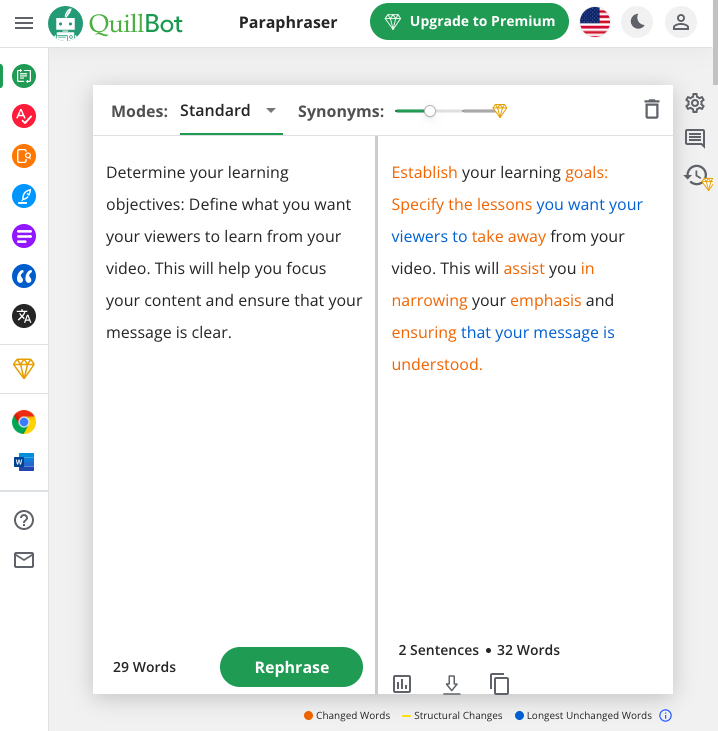
An AI app that I use quite often is Grammarly. It’s embedded in my google docs, and because it’s in my system, it will automatically check my writing and insert changes if they think something is too wordy or will help me grammatically. I enjoy using Grammarly; it’s handy and helps me finish the job. Sometimes I would go on a writing spree and not pay attention to my grammar or sentence structures, and Grammarly will find the best, shortest solution to help adjust my writing. Although it’s great, there are times when I want to turn it off because it would be inclined to change certain verbs or sentences to fit their preferences rather than my own. I think it’s super nice that Grammarly has a free version as well as a membership version. The free version helps you change anything simple and quick, whereas the membership version has more tools to help elevate your writing. I think students can benefit significantly from using Grammarly; it’s a simple tool that can help countless students improve their grammar and utilise the resources around them.
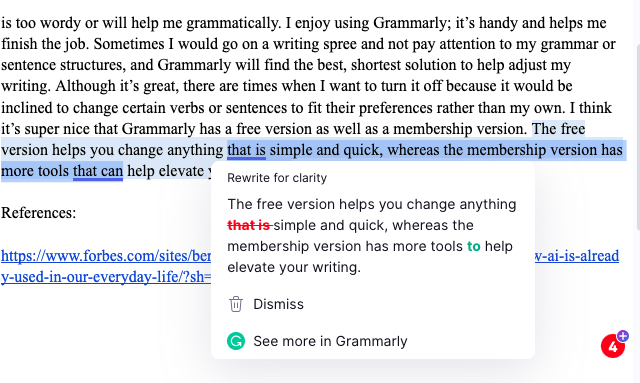
I actually love learning about storytelling in week 9’s lesson. As a visual learner, I grasp and understand information more efficiently and for a longer period of time. Images and pictures help to enhance the learning environment and keep students engaged. I understand and remember things by sight, and I can picture what I’m learning in my head; therefore, it helps me to retain information better. I love this concept of storytelling; as was mentioned, people who read, watch or hear stories have a greater capacity for this theory in mind and an enhanced ability to navigate interactions with other people. Storytelling has been shown to increase memory retention of key information, which applies to written stories and oral and visual presentations. Here’s an example of my storyboard that I created of a journey going up to Mount Washington.
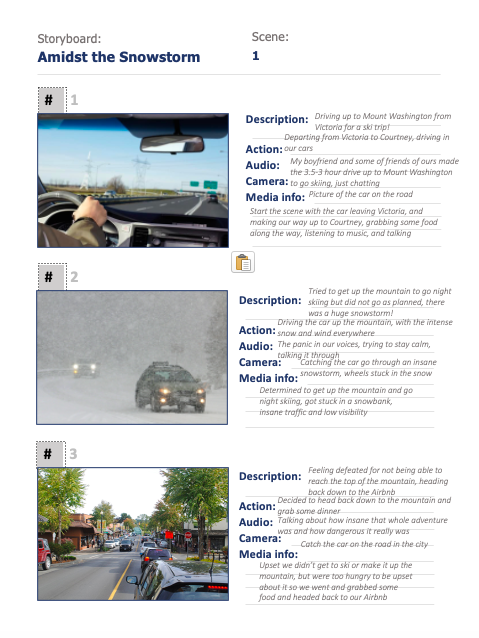
References:
Marr, B (2019, December 16). The 10 Best Examples Of How AI Is Already Used In Our Everyday Life. Forbes https://www.forbes.com/sites/bernardmarr/2019/12/16/the-10-best-examples-of-how-ai-is-already-used-in-our-everyday-life/?sh=259072e11171